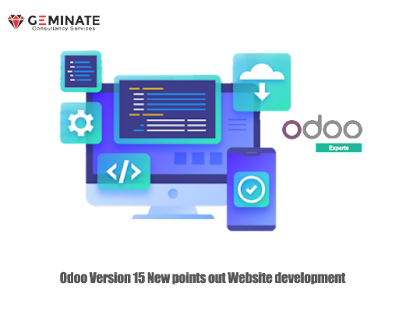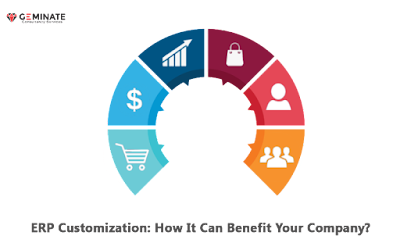Configurator for Websites
A new Artificial Intelligence engine will generate complete websites based on the industry and user preferences.
Animations
Text, photos, and columns can all benefit from animation.
Widget with a Boolean Toggle
The readability of the boolean toggle widget has been improved.
Coupon Exchange
Shareable coupons can now be shared through email, link, and social media.
Document
Add documents to the website with ease and select the appropriate design for customers/visitors to download. With dedicated hotkeys, you may change the assignee, priority, and condition of a document.
Navigation
Within the drop-down menu, improved keyboard navigation. In the company switcher, you can select many firms at once. The command palette can be used to navigate through menus. The command palette and footer have been improved.
HTML
Users now have the ability to add custom embed HTML codes in a building block.
Google Analytic
Google Analytic integration has been updated to reflect the most current Google update.
Image
The image size display has been improved. Color feedback on image size; when you click on an image, an overlay appears around the selected column; new image upload progress bar. Shapes (some animated) can be added to photos.
Pie Charts
Pie charts are now used to display percentages.
Pop-ups
Add the possibility to have a pop-up on a click.
Product Carousels
Product carousels can be used to promote products on a blog article.
Tabbed Values
When you tab out of an empty many2one field, the first value is no longer set.
Themes
All of the themes have been updated to seem more current! Industries have been added to the themes. The Theme tab has replaced the Options tab.
Website Headers
New styles for web page headers have been added.
Video Building Blocks
12 suggested videos have been added to make selecting a backdrop video easier; Carousels are compatible with mobile devices! A new feature, with an adjusted style, centered photos, and so forth; A default name is assigned automatically, with the opportunity to change it if necessary; Blocks on the Image Wall and Gallery are now prefixed with images. The add (and remove) picture buttons have been emphasized.
Shapes
Introducing dynamic shapes to give the page even more life!
Background Images
Use photos that are extra-tall or extra-wide as backgrounds.
Building Block
For the Accordion, Masonry, Steps, and Products building blocks, there are now various templates to choose from. Customize the color of their link buttons. A completely new construction block for receiving donations has been added. Define visibility on a conditional basis.
Default Form Values
On form inputs, set a default value.
Double-Indexing
Double-indexing of home pages with multi-language options was prevented.
Forms
Users can now create forms with fields that appear only if certain conditions are met.
Search
In website search boxes for products, blogs, and other items, the ability to perform fuzzy search has been included. Using the Search panel, add the ability to sort items.
Design
Colors for the background, text, and buttons should all be gradients. The color picker includes a gradient editor that allows you to easily customize linear (or circular) gradients. The Gray scale palette now has more options. Multiple color support has been added.
Newsletter Pop-Up
Customize the size, time, backdrop, and more of the Newsletter Pop-up now.
Pop-ups
Add the ability to have a pop-up appear when a button is clicked.
Quick search
On selection fields, quick search is now possible.
Templates
Beautiful, fresh templates can be used to customize web page headers.
Usability
To select hexa and RGB code in the color picker, auto-select and double-click. When a user enters full-screen mode, new visual signs appear and explain how to escape. The Theme tab has been renamed from the Option tab. After clicking on any URL, a new widget emerges, allowing users to alter, break, or copy the link to the clipboard. The option tab is now always clickable, and clearly informs that in order to style a block, it must first be selected. When you apply a shape to a block, the Shapes Selector appears. For form inputs, default values can be set. In the editor, many2one fields are now supported. To utilize Google Maps, I removed the API key. When you delete a block, it will also delete all of its "children."
Web Logo
A new default website logo has been added.
Any Inquiry about website Development click here.
via Ref Link : https://www.geminatecs.com/blog/odoo-version-15-new-points-out-website-development








